Bicycle brakes: varieties, brands, selection, installation

The brake is an indispensable part in every bike - a high-quality braking system allows you to stop movement in the most critical situations and even save the life of a cyclist. From this article you will find out what types and brands of bicycle brakes exist, as well as familiarize yourself with the intricacies of their selection and installation.

Types and their structure
All types of bicycle brakes are divided into several groups with independent types.
Depending on the principle of operation, brake systems are rim, disc, drum, roller, stirrup and tape.
The principle of operation and the device of each of these types will be described below.

Rim
Rim brakes are models with pads that, when braking, compress the rim of the bicycle wheel on both sides. The pressure of the pads on the rim results in friction, which, depending on the force of the pressure, provides smooth or hard braking. Command to the brake pads from the steering wheel is transmitted using special cables or hydraulic lines.
Today it is the most common type of bicycle brake and can be successfully used on both road and mountain bikes of all levels.
Rim brakes include several independent varieties, which differ in the type of attachment, the shape of the pads and are used in different types of bicycles.

Mechanical rim brakes come in several varieties.
- Vector or V-brake - Today these brakes are considered very popular. They represent the fastening of levers and pads in the form of the letter V.
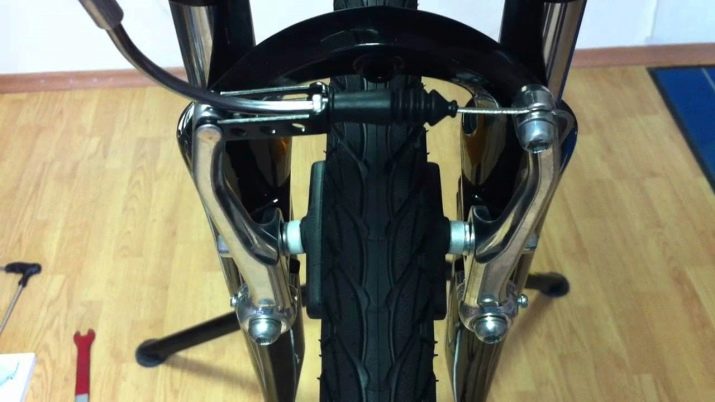
- Tick-borne (some call them "crabs") - These brakes were used back in the USSR, today they are produced quite rarely and are installed mainly on the front wheels of road bicycles. Features U-shaped levers and pads.
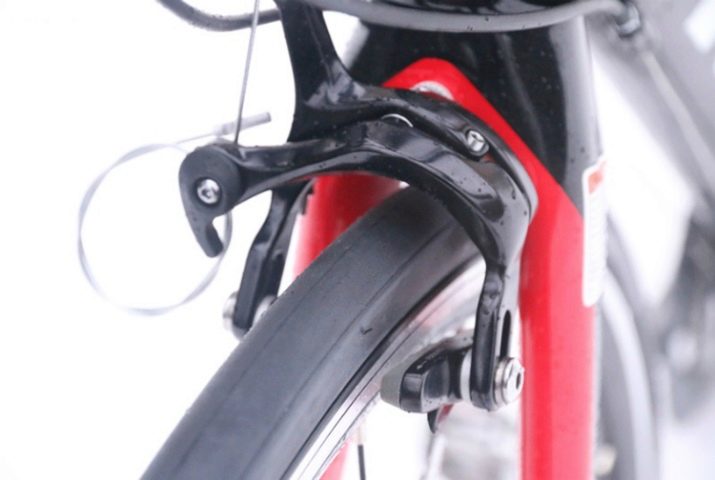
- Cantilever. Brakes of this type are considered the forerunners of the V-brake and are currently only found on cyclocross bikes. Despite the outdated technology, the efficiency is no worse than other rim brakes, but they need fine tuning.
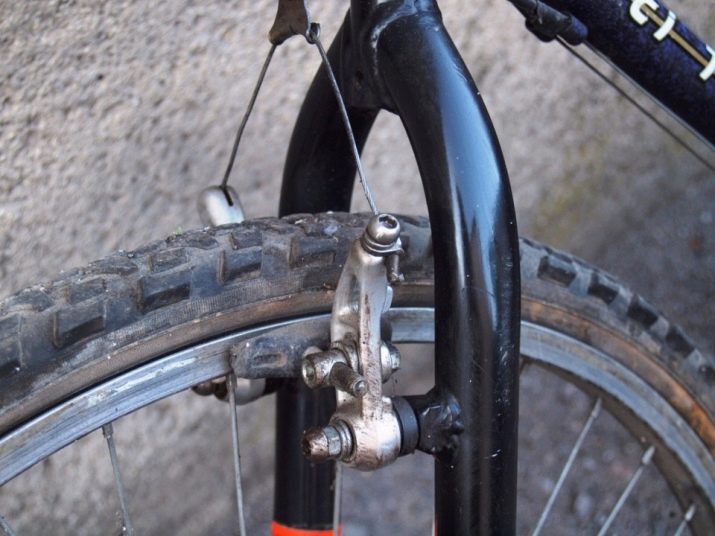
The design of hydraulic rim brakes is different from mechanical the presence of special hydraulic lines, through which the fluid from the handle of the bicycle is transmitted by force to the brake, which leads to braking.
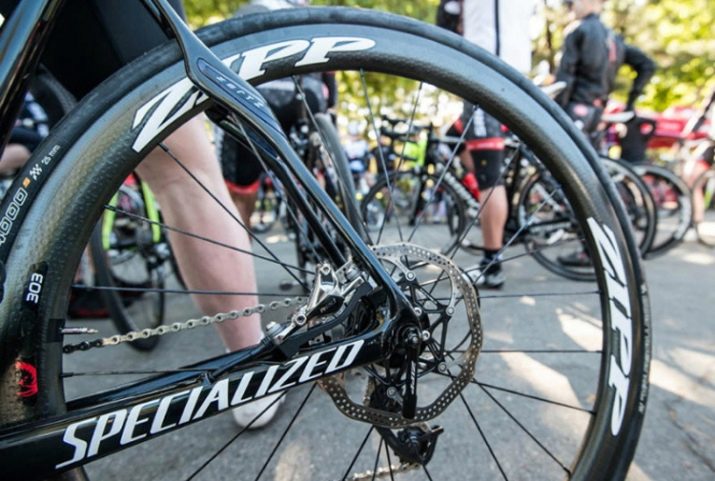
Rim brakes have both advantages and disadvantages.
Let's start with the pros.
- Reasonable price segment and just a huge selection for a wide variety of bicycles.
- During braking, it is the rim that takes over the entire load, without damaging the wheel or hub. In the long term, this will increase the duration of the bike's use.
- With such braking, the rim heats up much less than the hub in the same disc brakes - all because of the larger area. This protects the bike rim from deformation.
- To install such brakes, you do not need to be an expert - almost everyone can tighten and tighten the cables in any conditions (the main thing is that there are keys).
- Rim models are always very light and hardly noticeable. Some braking systems, such as disc brakes, can significantly increase the weight of the bike, which can greatly affect the bike's speed and usability.

Cons are also observed.
- When driving on muddy or wet roads, rim brake performance is greatly reduced, which can lead to life-threatening consequences. Some athletes make special notches on the blocks to wick moisture away when moving in rainy weather.
- If the pads are installed incorrectly, too turned or pinched, then they will constantly brake the wheel, touching the rim.
- Approximately every six months, depending on the intensity of cycling, the brake pads should be replaced (they are erased at the places of friction). The same situation may apply to the wheel rim, however, it will not be necessary to replace the rim more often than once every 2 years.
- Some V-brakes can deform the stays or wheel frame over time. To avoid this, cyclists buy special frame reinforcements in the form of arcs.
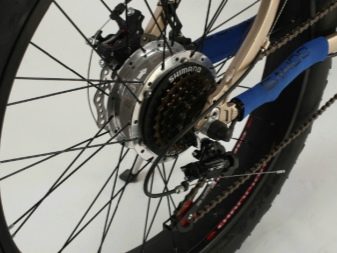

Disk
The design of the disc brake includes a steel disc located on the hub of the front or rear wheel (usually on the left), and the braking device itself, which, when a signal is sent from the steering wheel, compresses the steel disc and slows down the wheel itself.
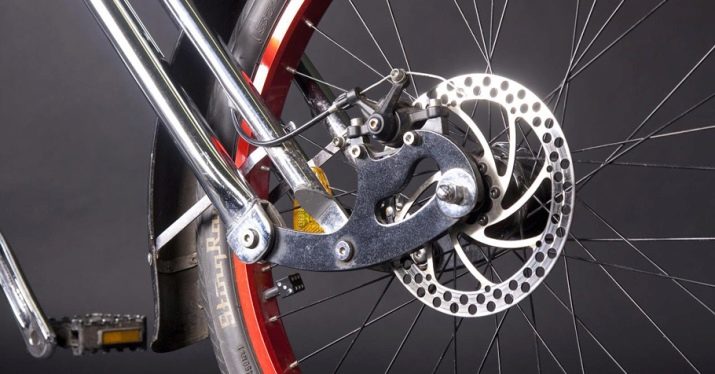
These brakes also come in several distinct varieties.
- Mechanical. Braking through the effort that is transmitted through standard cables.
- Hydraulic. Instead of cables, they use hydraulic lines that supply fluid from the steering wheel to the caliper.
- Combined. They are devices made of standard cables, but with a hydraulic caliper.
Such units also have their positive and negative sides.


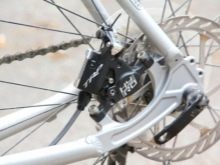
There are quite a few pluses.
- Unlike rim brakes, disc brakes are located in the middle of the wheel and are much less dirty while driving.
- Disc brakes are thought to allow for finer control of vehicle speed — some cyclists refer to this as improved modulation.
- The main difficulty when driving on uneven roads is precisely the "eights" - situations when the wheel rim is slightly bent in some places and does not go completely straight. This can be a problem with rim models, however disc brakes work directly with the hub and do not lose efficiency.
- When using disc brakes, only the brake system itself is subject to wear - the rim, hub or wheel itself does not suffer in any way.

But there are also disadvantages to such designs.
- Braking with a disc brake puts quite a lot of stress on the spokes in a bicycle wheel, on the hub, which takes all the pressure, and also on the fork of the wheel itself, which holds the hub.
- Disc brakes are much more complex than others. There are many more elements that can break, and they will be difficult to restore in the field. The most common problems: disc bending from a bicycle fall, internal breakage of the caliper. It will be especially difficult to set up hydraulic disc brakes - you cannot do without special equipment for pumping fluid.
- Almost all disc brakes weigh a lot because of the tough and heavy materials that make up the disc brakes.
- Usually such models are much more expensive than the same rim counterparts.
- The ingress of oily substances on the disc significantly reduces the braking force.
- The disc brake caliper on some models may interfere with the installation of the same rack.


Drum
The device of such a brake looks like this: the brake system itself is located directly in the rear wheel hub.
The design of the sleeve is a drum, inside of which there are also pads.
When a signal from the cables is applied, the pads expand inside the hub and clamp the movement of the brake drum.

At the moment, there are only 2 types of such brakes.
- Hand-operated brake drum structureswhere braking power is supplied via standard cables. Today, they are practically not used due to the enormous weight, dimensions and the complexity of self-tuning.
- Foot-operated systems - here braking is applied when pedaling in the opposite direction. Typically this type of braking is used on simple single gear bike models.
Drum models are not considered the most popular choice in professional cycling today, as they have much more disadvantages than advantages.
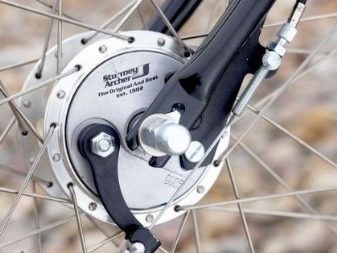
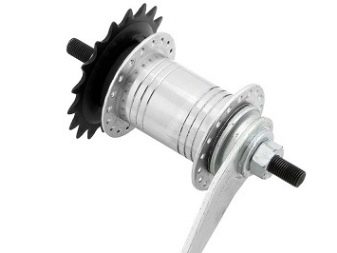
Pros:
- the device of drum brakes requires certain knowledge for correct installation, but it rarely breaks down that this installation is almost never required;
- such braking systems do not matter whether it is raining or snowing on the street - no weather conditions affect their operation;
- these models do not affect the wheel rim and will not conflict with the eights.

Let's list the cons.
- These braking systems can only be fitted on 1-speed bicycles. They cannot be combined with a standard derailleur.
- The efficiency and braking consistency of these bikes is under serious question. With these brakes, you cannot brake quickly, which can be fatal.
- As already mentioned, such systems weigh a lot. This prevents them from being installed on the same road bikes.
- Deformation of the drum in the bushing is possible during prolonged braking, for example, during a long drive down a hill.
- If the chain in bicycles with such a brake falls off, you will not be able to brake in any way.
- These braking systems can only be fitted to the rear wheel; the front wheel requires a separate brake.
- This type of braking places tremendous stress on the rear hub and wheel spokes.
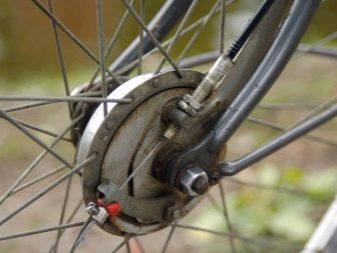
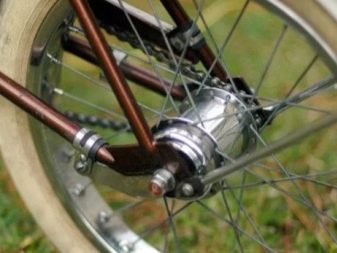
Roller
Inexperienced cyclists often confuse this variety with a drum, and there are reasons for this - these braking systems are indeed very similar in appearance, but they are arranged differently in terms of how they work.
Unlike drum brakes, roller models have a special eccentric lever that rotates and rests against the rollers with its protrusions.
Those, in turn, do not rotate, but put pressure on the brake pads, which expand and press on the brake drum, slowing down its rotation.The difference between a drum brake is also that a roller brake runs on lubricant, which helps preserve the pads and drum for a longer period.
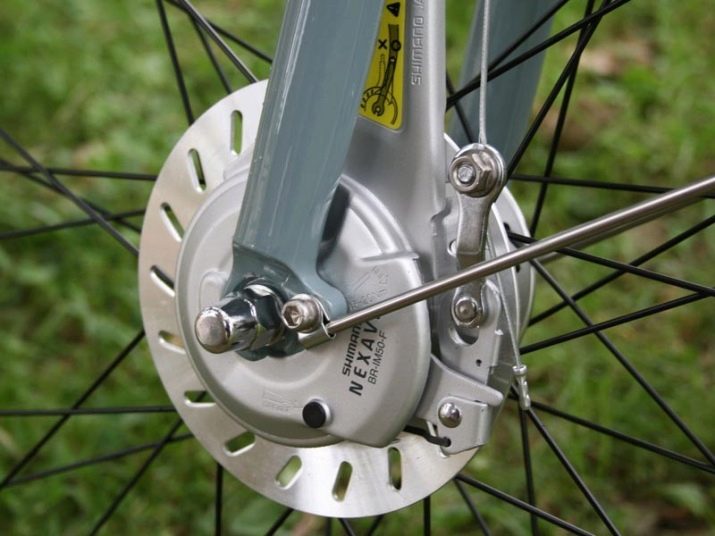
This type of brake was named precisely because the rollers are used to transfer force to the brake pads.
These brakes have almost the same advantages as drum brakes, however, they are considered more powerful and thin in terms of adjusting the braking force.
Among the disadvantages are the large weight, very high prices for the models and the complexity of manual installation / configuration in the field.
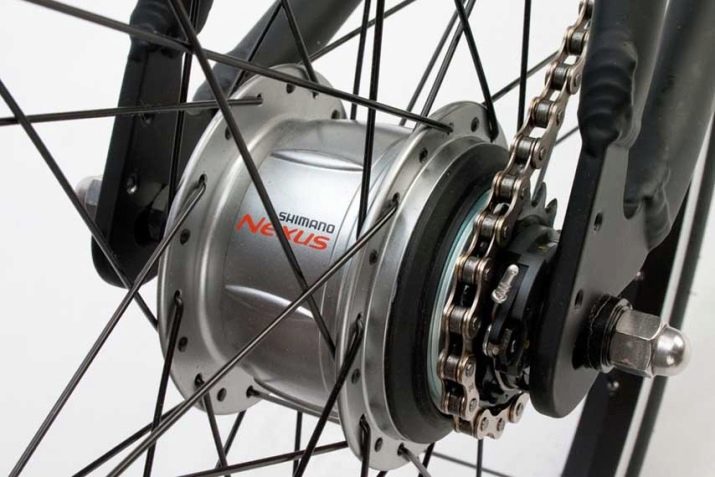
Aspiring
Today these units are practically not used anywhere - you will not find them in professional road or stunt bikes. Even before the 50s of the XX century, these brakes were installed on many Soviet, Indian and Chinese bicycles, but over time and with the development of drum and other braking systems, the need for stirrup brakes completely disappeared.
The device of such brakes is as follows: the brake pad, which is attached to the fork on one of the sides, rubs directly against the wheel protector using the braking force from the steering wheel (through the cables).
Among the disadvantages of these brakes are the gradual erasure of rubber on the wheels (and only slick tires were suitable here), high weight, and also the inability to use on dirty roads.
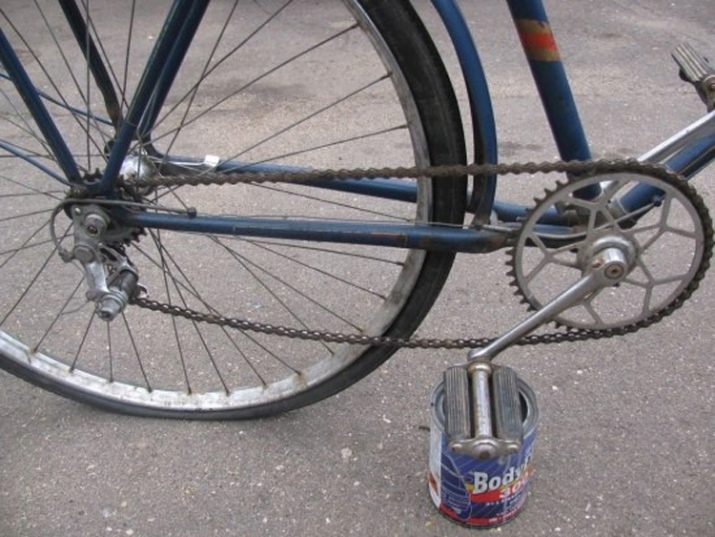
Tape
This type of brake is considered one of the oldest - it began to be used at the end of the 19th century. The principle of operation of such a system: on a standard brake drum there is a strong tape, which is pulled through a cable and slows down the rotation of the drum along the axis.
These brakes require special bushings to install and are difficult to set up without a wizard. Despite these shortcomings, such models are actively produced to this day.
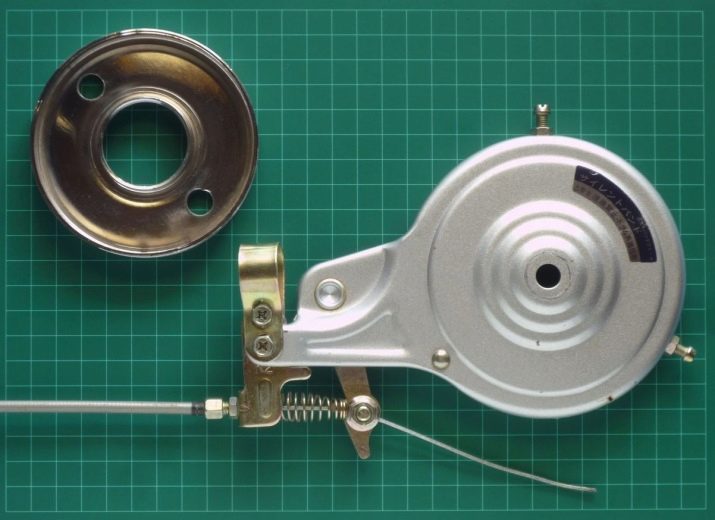
Manufacturers overview
Among the manufacturers who create the best bicycle brakes are the following:
Tektro
Inexpensive and high quality disc and rim brakes;
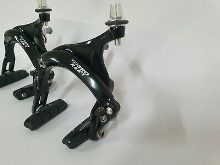
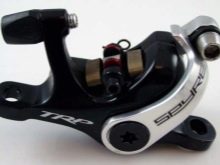

Shimano
An internationally renowned company engaged in the creation of all types of brakes and other accessories for professional cycling;
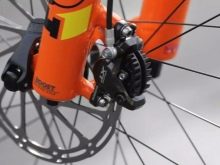


Promax, Sram and Avid
Hydraulic and mechanical disc brakes;
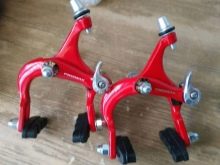


Formula
Hydraulic disc brakes;


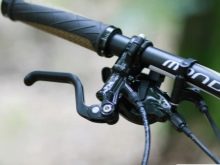
Zoom
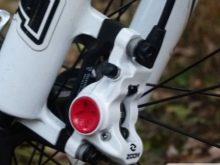
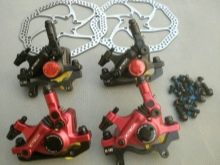
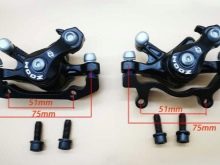
How to choose
As a rule, bicycles are already sold with a certain brake system, however, in the event of a breakdown or if they want to buy better brakes, cyclists decide on the choice of a new one.
When choosing a specific brake for a bike, you need to rely on a number of factors.
- Appointment. First you need to figure out why you need a bike. If you are going to ride a walking model from time to time within the city limits, then cheap drum brakes are for you.
For professional riding, of course, it is best to use disc or rim models.

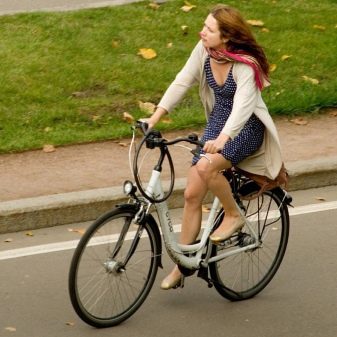
- Riding style... For athletes who regularly use their bike on long journeys, it is best to opt for disc brakes over rim brakes. In disc models, there is no unnecessary load on the rim, in addition, disc brakes are more effective during long and harsh braking.

- Terrain type. A lot depends not only on the riding style, but also on the chosen place for cycling trips.
So, for easy and walking on a flat road, rim brakes are better suited, but for mountain bikes there is nothing better to find a high-quality disc brake.

- Athlete's weight. The more the cyclist weighs, the more stress will be placed on the brake, and the stronger it needs to be. In addition, the wire must be strong enough to carry out sharp braking - in this case, it is the hydraulic models that are most often chosen.
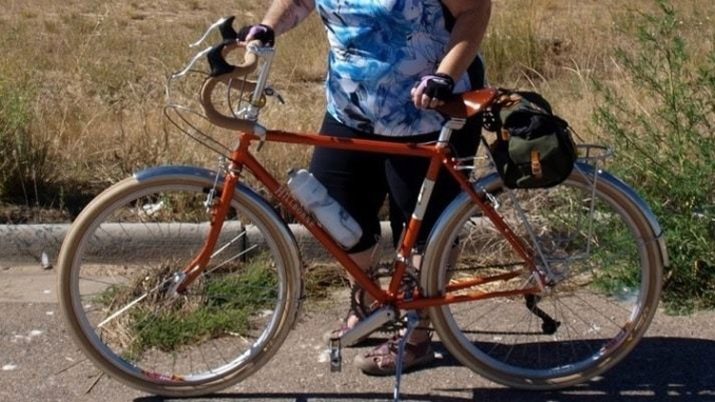
Installation Recommendations
Disc models are considered the most popular brake systems today: they have a simple design and are quite easy to install.
The disc brake installation diagram consists of 5 main stages.
- Brake levers fixed on the handlebars, their position is adjusted to fit the cyclist's hands. This procedure is usually carried out with a hexagon.
- Caliper (or a device that performs braking on the disc) is mounted in disc mounts on the frame components of the bicycle.
- Brake discs (rotors) installed on the bushing. For this, special bolts are usually used.
- Wire rope fixed in the brake lever, then placed in the "shirt".
- Using guides, the shirt is held straight to the caliper.
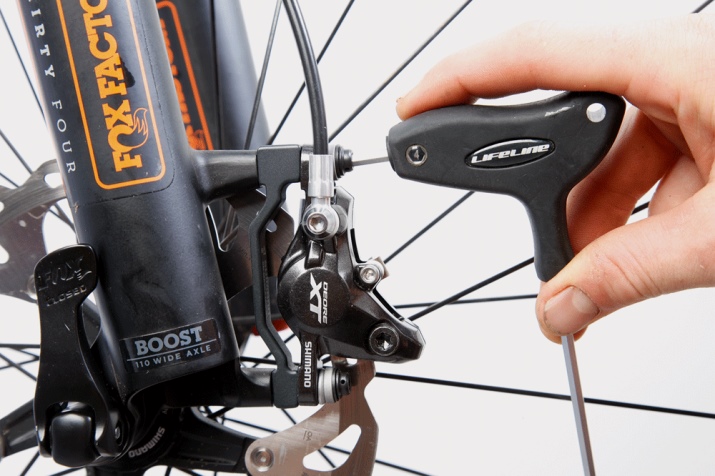
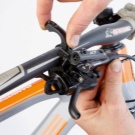
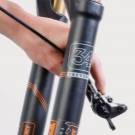

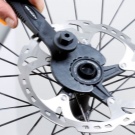

Then the disc brake is set up, during which watch out for a few points.
- The pads should not rub against the rotor while the wheel is rotating. If friction is present, you need to slightly unscrew the bolts in the caliper and move it in the direction of this pad.
- The pads should extend equally on both sides. To adjust this, you need to tighten the bolts one by one.
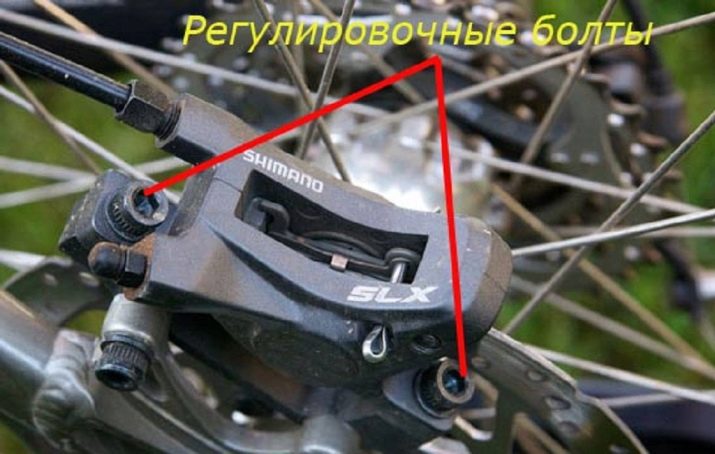
For information on the types of bicycle brakes, see below.








